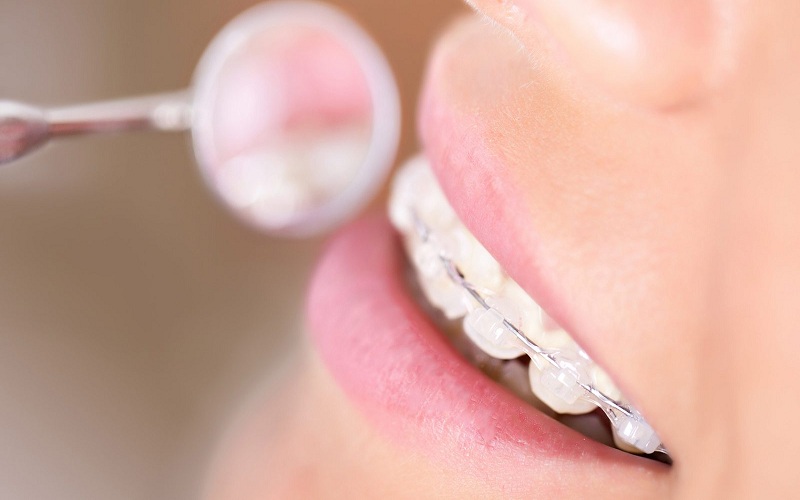‘Understanding Dental Inlays and Onlays: A General Dentist’s Perspective’ isn’t about complex dental procedures. It is about simple, everyday solutions that dentists offer to repair damaged teeth. Imagine a car mechanic fixing a puncture in your tire instead of replacing it. That’s how a dentist uses inlays and onlays. No need for a trip to the sedation dentistry galleria area. Just a straightforward, non-invasive treatment in your general dentist’s chair. Stay with me as we delve into this topic.
What are Inlays and Onlays?
Think of inlays and onlays as the ‘middle ground’ between fillings and crowns. They are used when the damage is too extensive for a filling but not severe enough to need a crown. Inlays and onlays save as much of your natural tooth as possible.
The Difference Between Inlays and Onlays
Let’s clear up the confusion. Inlays repair the center of the tooth. Onlays, sometimes called partial crowns, cover one or more cusps on the top of the tooth.
| Inlays | Onlays | |
| Repair Location | Centre of the tooth | One or more cusps on the top of the tooth |
| Severity of Damage | Moderate | Moderate to High |
Benefits of Inlays and Onlays
Inlays and onlays offer several advantages. They preserve your natural tooth structure and provide a strong, long-lasting, and natural-looking solution. Plus, they can be made from tooth-colored materials to blend seamlessly with your smile.
The Procedure
Placing inlays and onlays usually takes two appointments. The first is to prepare the tooth and make an impression. The second is to fit the inlay or onlay. No need to worry – local anesthesia ensures a comfortable experience.
Conclusion
Choosing inlays and onlays can protect your dental health while preserving your natural smile. They’re a testament to how far dentistry has come, offering effective solutions for common dental issues that prioritize your comfort and your tooth’s integrity.

